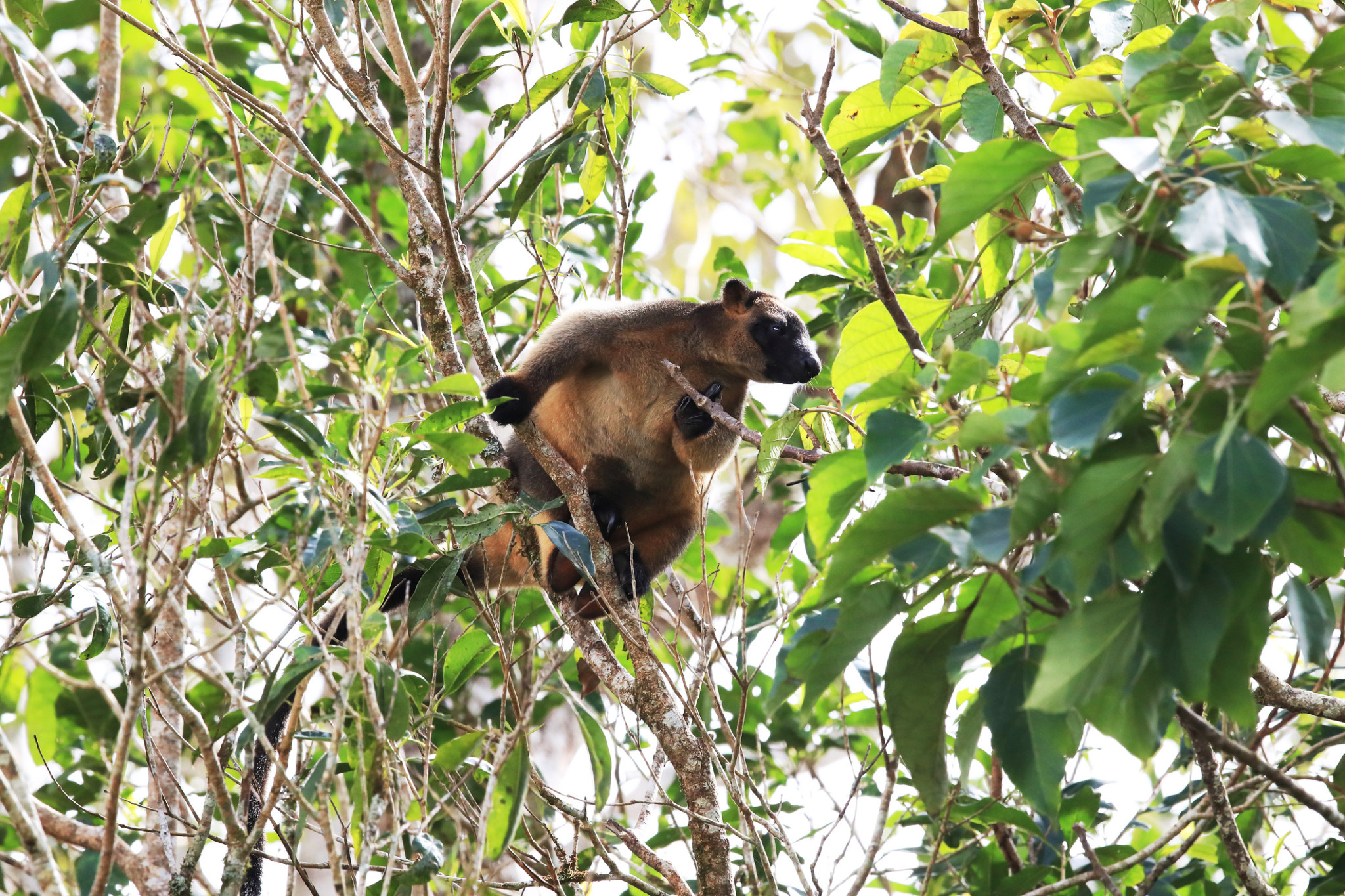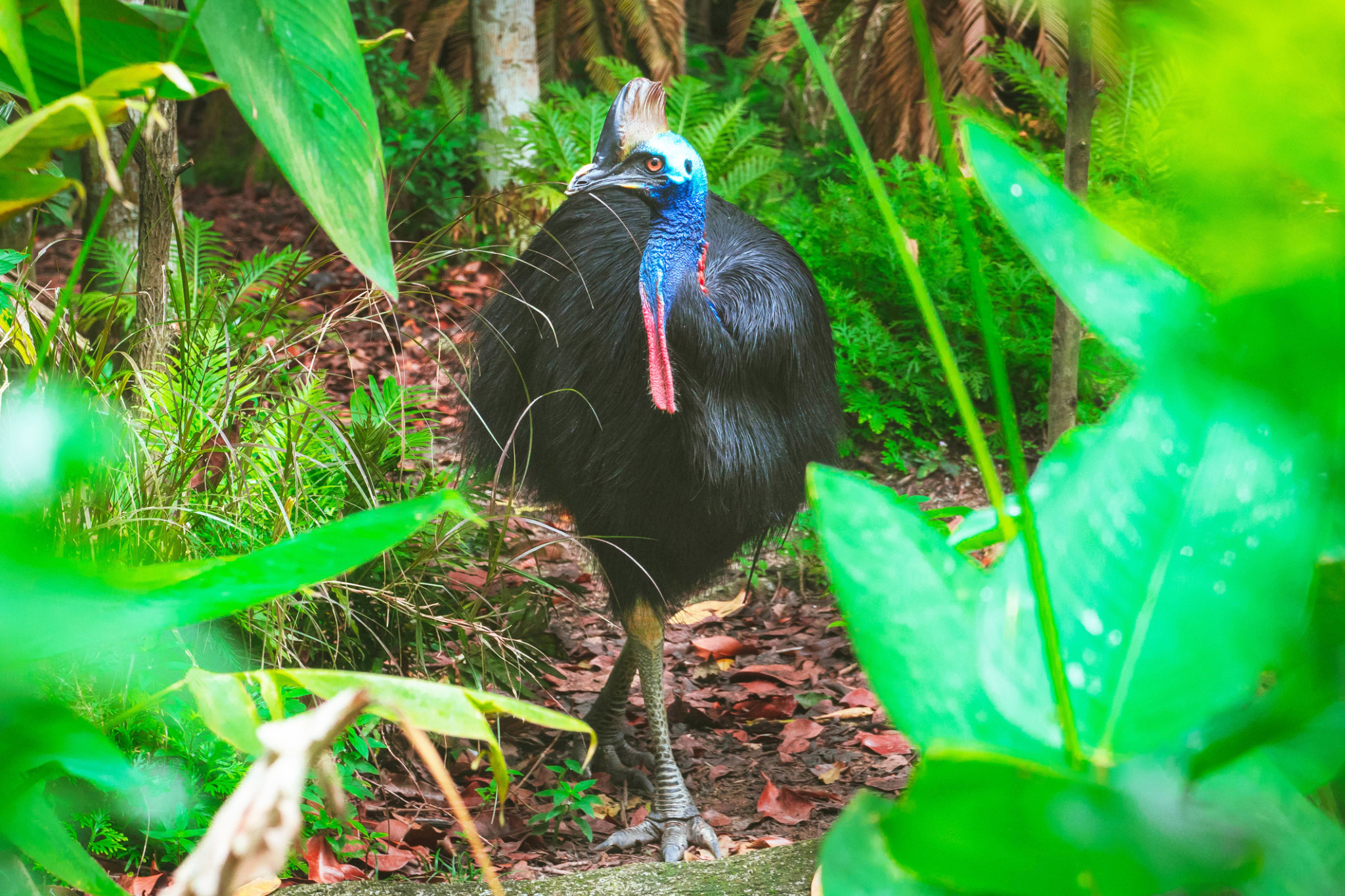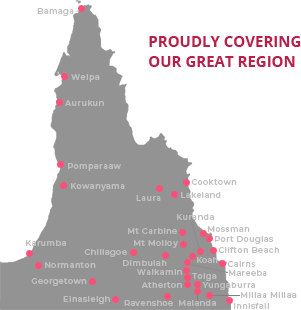General News
20 June, 2025
National parks expansion protects more native wildlife
JUST under 9,000 hectares have been added to Queensland’s national parks and nature refuges including 6,000 hectares within the Wet Tropics World Heritage Area, the upgrades of five former forest reserves and the establishment of 18 new nature refuges, with six being in the region.

Danbulla National Park near Atherton was included in the expansion and six new nature refuges have been established near Atherton, Millaa Millaa, Yungaburra, Port Douglas, and Cooktown, with an existing refuge in Port Douglas also expanded.
This addition of “9,000 Suncorp Stadiums worth of land” to Queensland’s national parks and nature refuges will secure more protected areas for Queensland’s endangered species, the Wet Tropics ecosystems, biodiversity and threatened flora.
Premier David Crisafulli said the government was committed to expanding protected areas to provide critical habitats for native species.
“We’ll work with private landowners to preserve some of Queensland’s most critical ecosystems so together we can enhance our state’s incredible natural resources,” he said.
The expansion of the national parks included adding most of Danbulla West Forest Reserve, some 25.44ha, to Danbulla National Park north of Atherton. This will help to protect the northern bettong and northern quoll habitat.
Furthermore, a whopping 5,954.6ha of Malbon Thompson Forest Reserve is now part of Malbon Thompson Range National Park, near Gordonvale.
This national park addition with help protect the southern cassowary habitat and a 35-kilometre habitat corridor across the Malbon Thompson Range. It will protect one of the most significant sections of rainforest on the coastal tropical lowlands.

Additionally, six new nature refuges have been established near Atherton, Millaa Millaa, Yungaburra, Port Douglas, and Cooktown, with an existing refuge in Port Douglas also expanded.
Near Atherton, the new 6.5ha Dendrolagus Nature Refuge will protect the habitat of the southern cassowary, the lemuroid ringtail possum, the spectacled flying-fox, and the northern yellow-bellied glider. It connects with a number of national parks and nature refuges, and a state forest.
Near Millaa Millaa, the new 84.9ha Moonbeams Nature Refuge contains “significant remnant vegetation” and threatened species including the southern cassowary, the lemuroid ringtail possum and the tapping green-eyed frog.
Near Yungaburra, the new 8.6ha Graham’s Park Nature Refuge will protect an “of concern” regional ecosystem, flora habitat, and fauna species habitat including the Lumholtz’s tree-kangaroo, the spectacled flying-fox, and Macleay’s fig-parrot. It also connects with the Wet Tropics World Heritage Area.
Near Port Douglas, the new 35.8ha Rakuen Nature Refuge will protect southern cassowary habitat and other threatened flora and fauna species including the Macleay’s fig-parrot. It also connects with Mount Lewis National Park, Thylogale Nature Refuge and Pademelon Haven Nature Refuge.
North of Port Douglas in the Wet Tropics World Heritage Area, the new 8.62ha Shipwreck Bay Nature Refuge will protect habitat for numerous threatened fauna species, including the southern cassowary, and a variety of vegetation types across four regional ecosystems.
Near Cooktown, the new 30.7ha Light Heart Forest Nature Refuge will protect threatened regional ecosystems and provide habitat for threatened flora and fauna species including the southern cassowary, the Bennett’s tree-kangaroo and the greater large-eared horseshoe bat.
Moreover, the Rainforest Rescue Nature Refuge near Port Douglas has been expanded by 27.8ha. It protects known habitat for the southern cassowary and connects with several protected areas including the Wet Tropics World Heritage Area.
Queensland’s terrestrial protected areas, including nature refuges, cover more than 14.85 million hectares, or 8.59%, of the state’s total land area.


